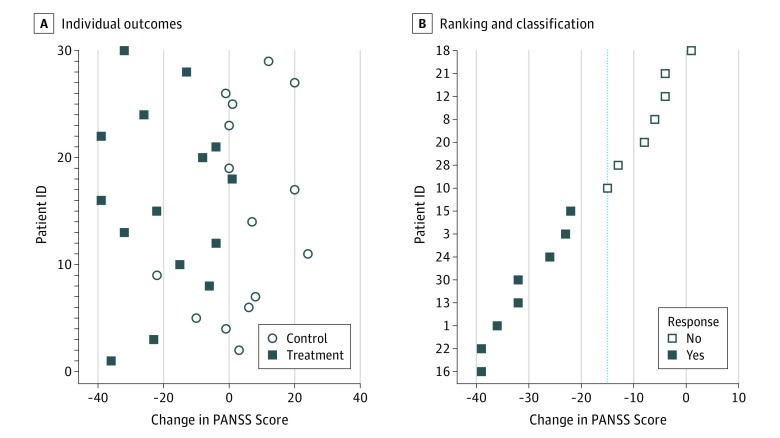Figure 1. Observed Response Suggests Heterogeneity in Treatment Response.
A, Thirty patients with schizophrenia were randomized to either the antipsychotic treatment or the control group. Despite the trial being simulated, with a main effect of treatment (Cohen d = 1.32; t27.5 = 3.46; P = .002), it may be tempting to infer from the Positive and Negative Syndrome Scale (PANSS) pretreatment and posttreatment outcome difference scores that some patients in the treatment group responded better than others. This observed pretreatment and posttreatment outcome difference can be misleading given that individual differences might be merely some unexplained components of variance. B, The treatment group patients are ranked according to the observed pretreatment and posttreatment outcome differences and classified as responders or nonresponders based on an arbitrary threshold (dashed light blue line). Although the ranking is not necessary for the classification, it increases the perception of individual differences in response to treatment.

